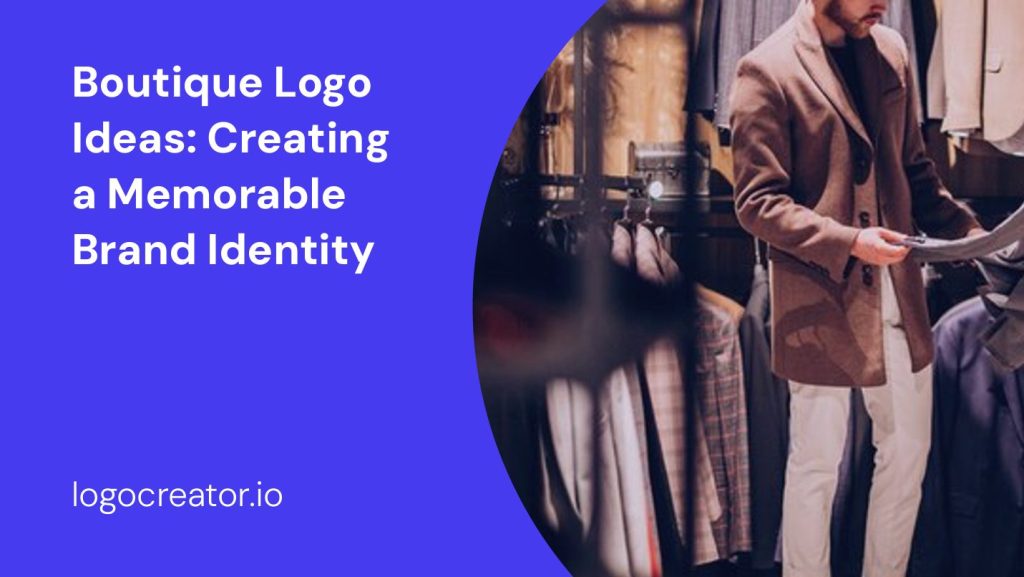Creating a strong and memorable brand identity is crucial for any boutique business. One of the key elements of building a successful brand is designing a unique and eye-catching logo. A well-designed boutique logo not only sets your business apart from competitors but also communicates your brand’s values, style, and personality. In this article, we will explore various boutique logo ideas and offer tips on how to create a logo that captivates your target audience.
Understanding the Power of a Boutique Logo
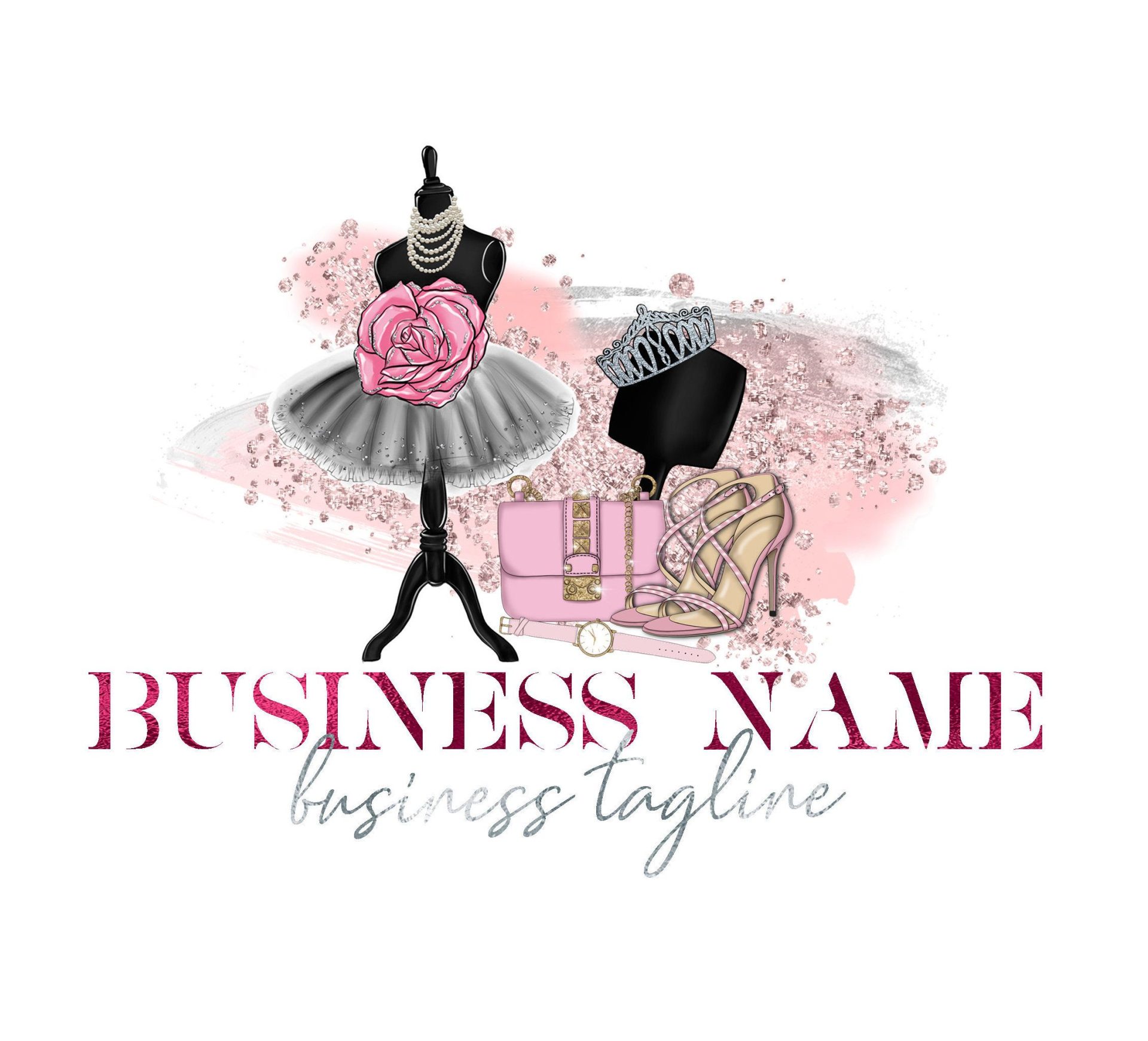
A boutique logo serves as the face of your business. It is the first visual element that potential customers encounter, and it shapes their perception of your brand. A well-crafted logo can convey professionalism, creativity, elegance, and even playfulness. It should be unique, memorable, and versatile enough to work across different marketing channels, including your website, social media, signage, and product packaging.
1. Researching Your Target Audience
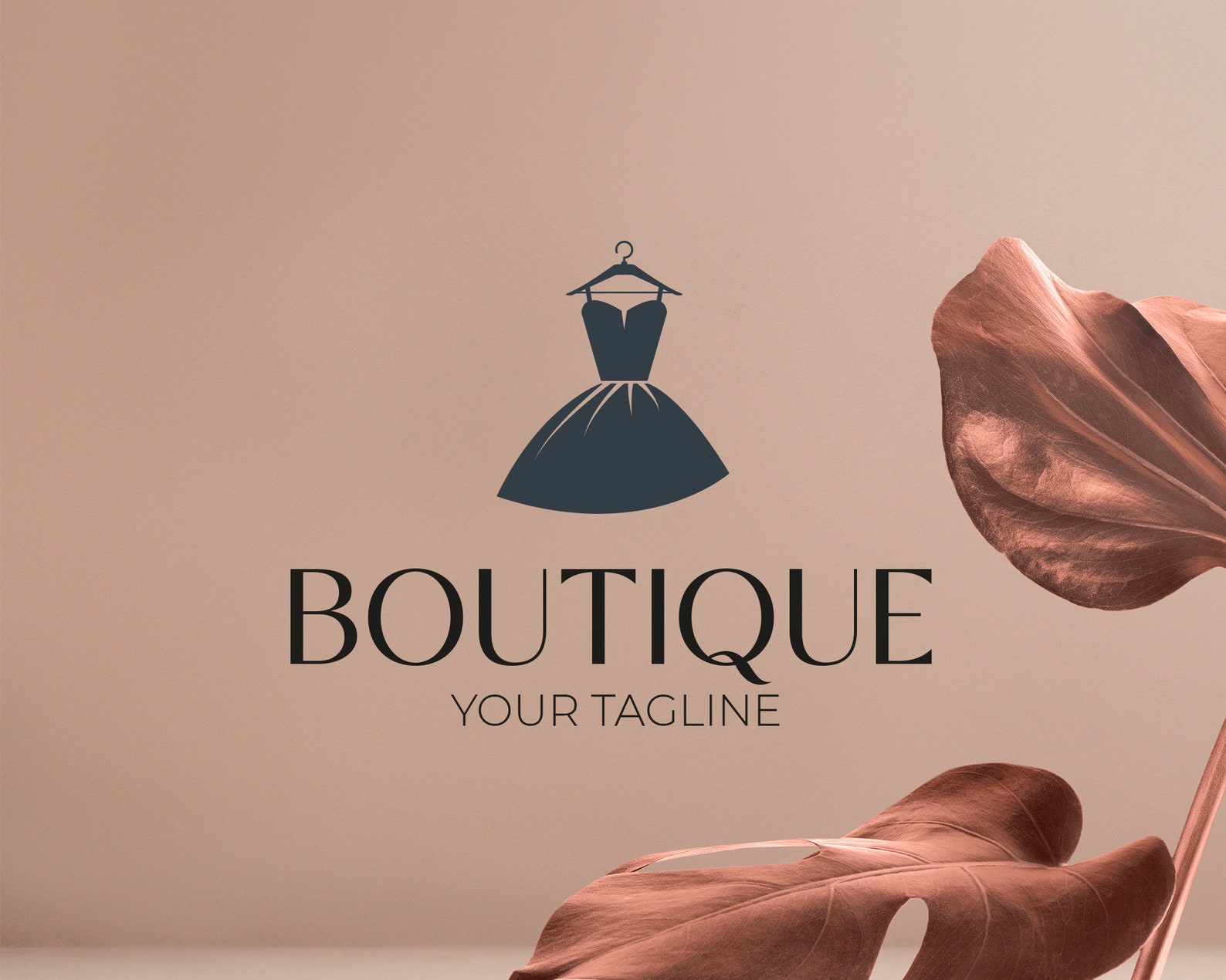
Before diving into the design process, it is essential to conduct thorough research on your target audience. Understanding your ideal customers’ preferences, demographics, and psychographics will help you create a logo that resonates with them. Consider factors such as age, gender, lifestyle, and buying habits to determine the style, colors, and typography that will attract and engage your target market.
2. Defining Your Brand’s Personality and Values
To create an effective boutique logo, you must clearly define your brand’s personality and values. Are you aiming for a high-end, luxurious vibe or a more casual and contemporary feel? Are you focused on eco-friendly and sustainable fashion or trendy and fast-paced styles? By understanding your brand’s essence, you can ensure that your logo aligns seamlessly with your overall brand identity.
3. Sketching and Conceptualizing Ideas
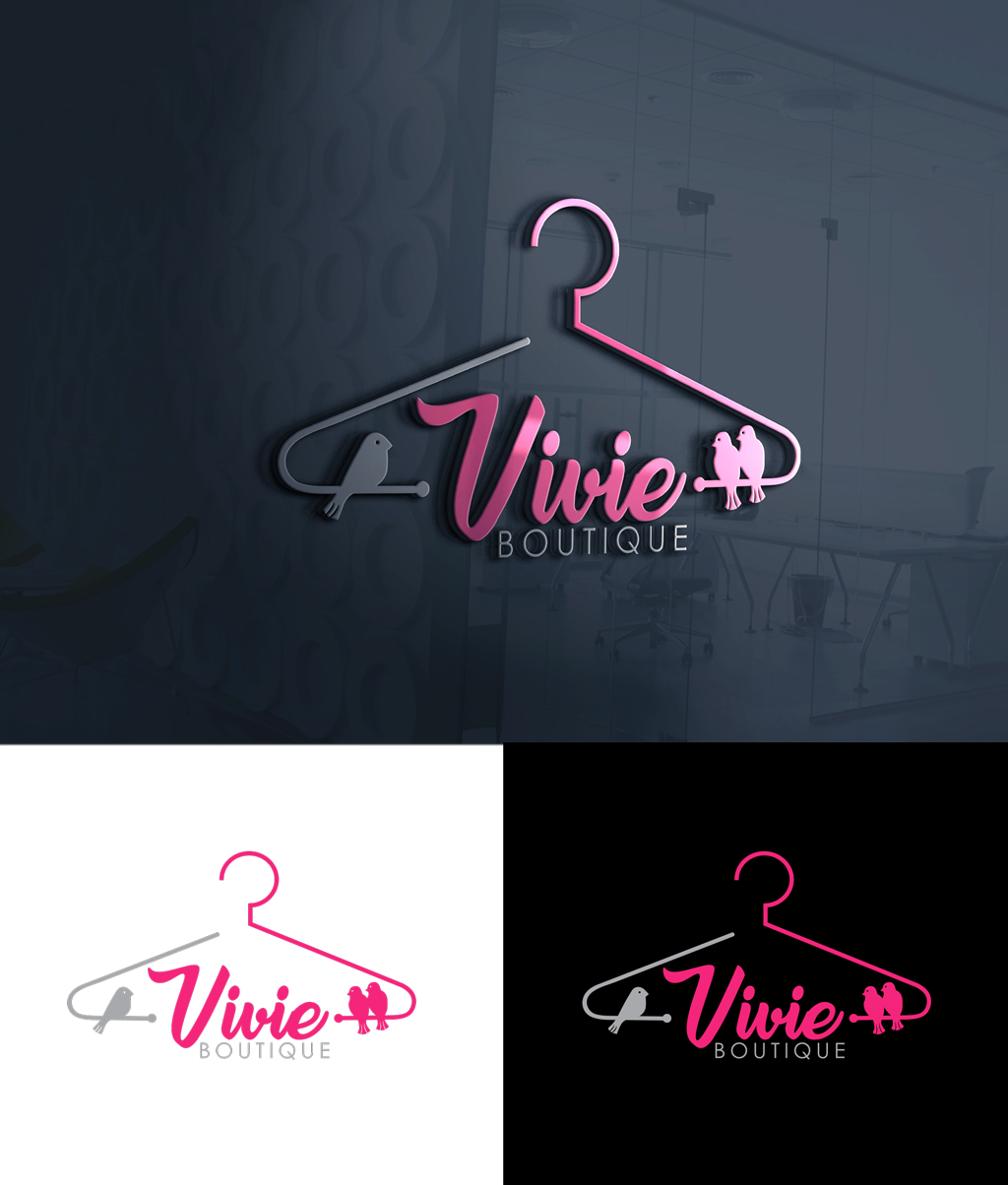
Now that you have a clear understanding of your target audience and brand identity, it’s time to start sketching and conceptualizing your logo ideas. Grab a pencil and paper or use digital tools to brainstorm different concepts. Consider incorporating elements that reflect your boutique’s niche, such as fashion accessories, clothing, or unique patterns. Don’t be afraid to experiment and explore various design directions.
4. Choosing the Right Typography

Typography plays a significant role in conveying the personality and style of your boutique logo. Whether you opt for a classic serif font or a modern sans-serif typeface, ensure that it complements your brand’s image. A handwritten or script font can add a touch of elegance, while a bold and geometric font can convey a contemporary and fashion-forward vibe. Remember to keep the typography legible and scalable across different sizes.
5. Selecting Colors that Resonate
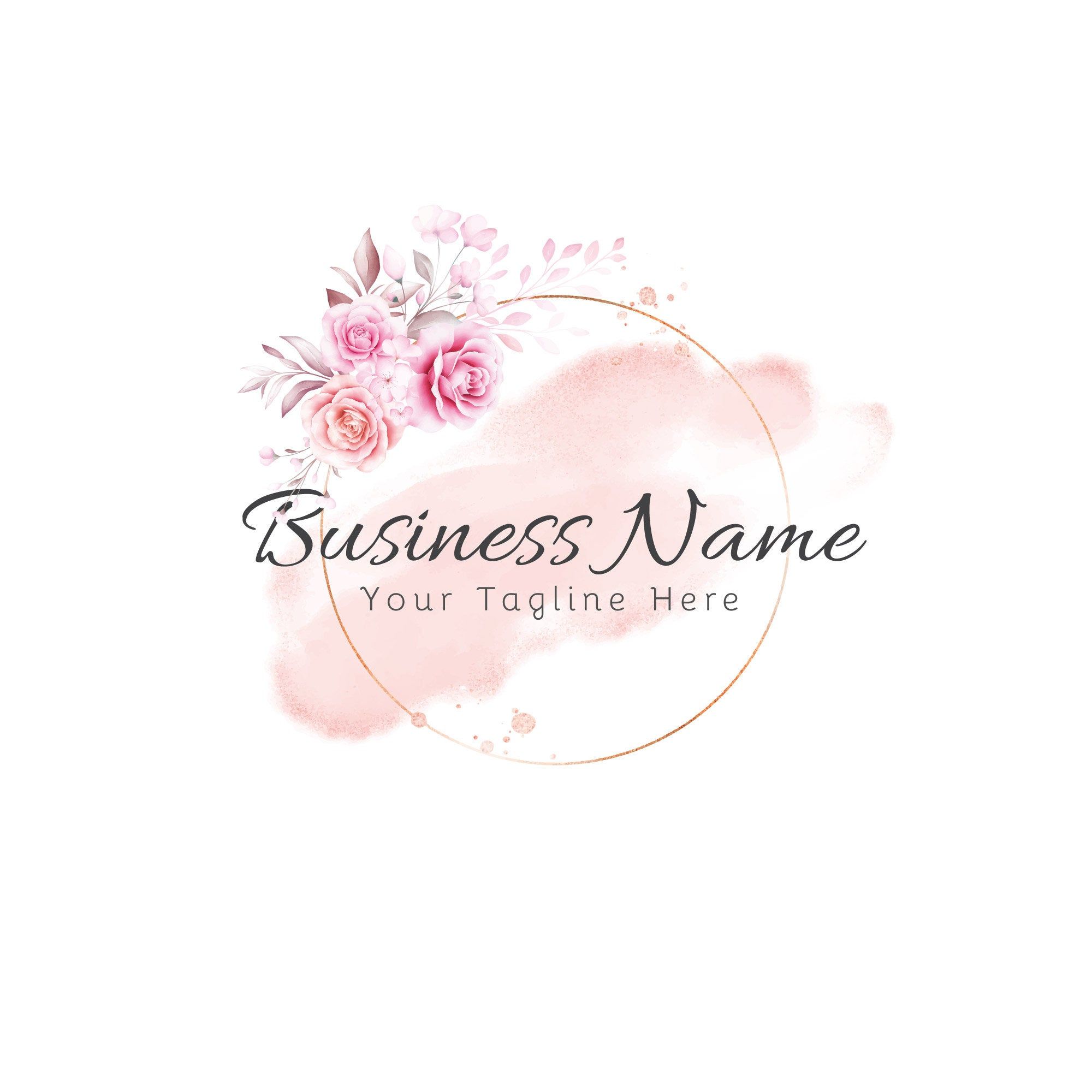
Colors evoke emotions and can strongly influence how your boutique logo is perceived. Take the time to choose colors that align with your brand’s personality and appeal to your target audience. For example, soft pastels and neutral tones may be fitting for a boutique focusing on minimalist fashion, while bold and vibrant colors could be suitable for a boutique targeting a younger demographic. Experiment with color combinations to find the perfect balance.
6. Incorporating Iconography and Imagery
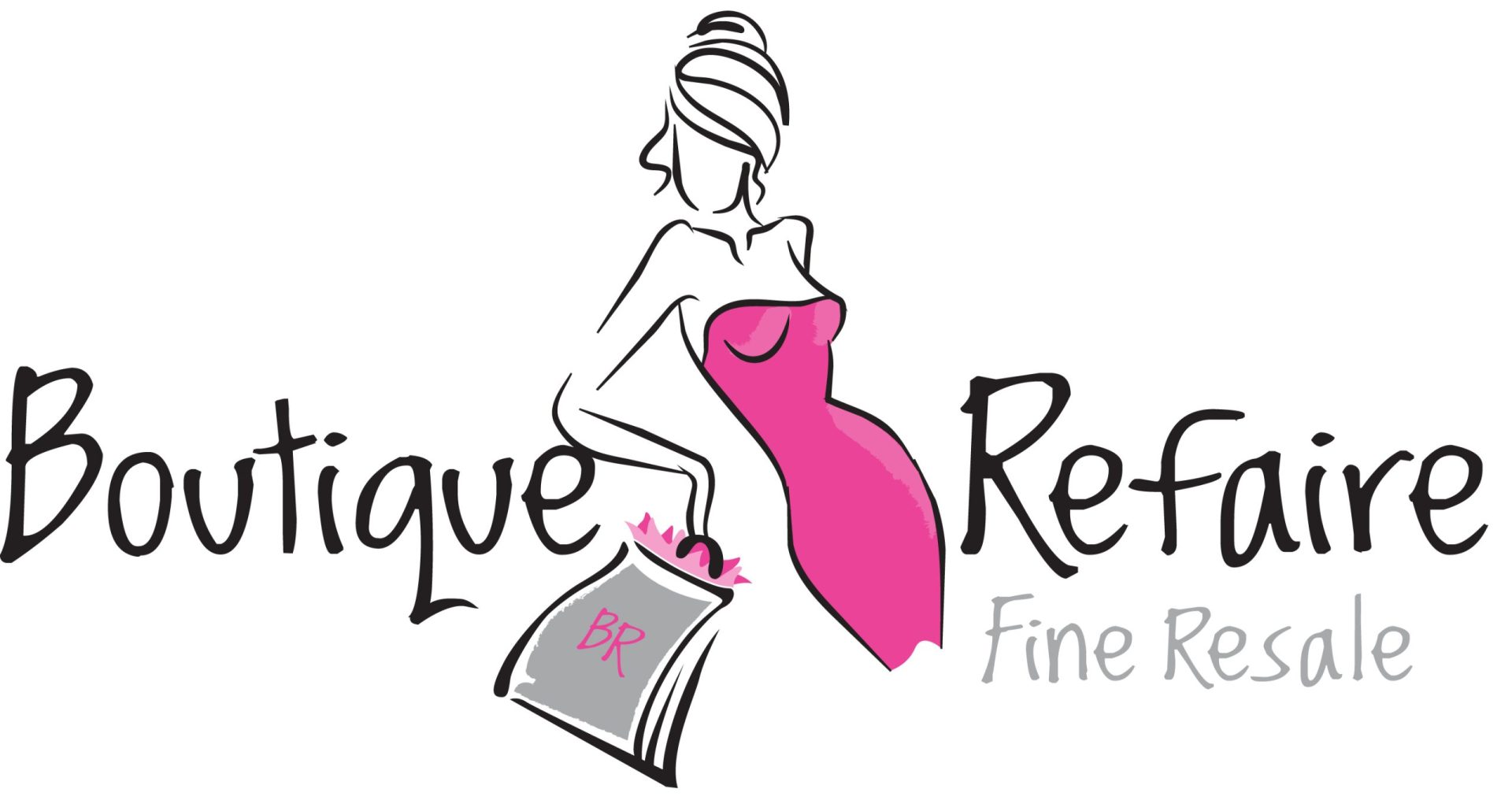
To make your boutique logo more visually appealing and memorable, consider incorporating iconography or imagery that relates to your niche. For example, if your boutique specializes in handmade jewelry, incorporating a small icon of a gemstone or a delicate piece of jewelry can enhance the logo’s overall look and communicate your boutique’s unique selling point. Be mindful of using imagery that is scalable and recognizable in different sizes.
7. Striving for Simplicity and Versatility
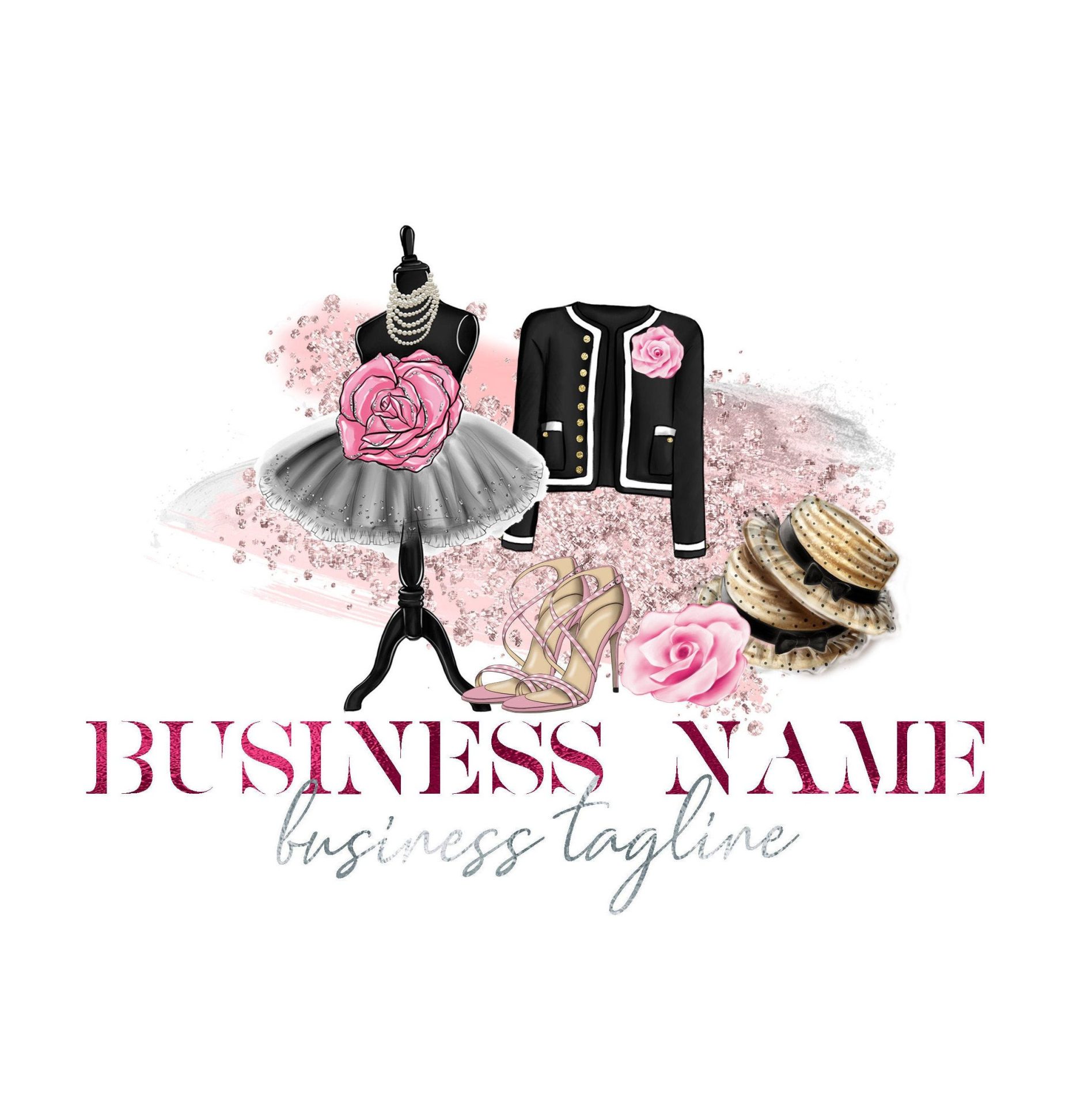
When designing your boutique logo, remember that simplicity is key. A cluttered or overly complicated logo can confuse viewers and dilute your brand’s message. Aim for a clean and minimalist design that captures the essence of your brand in a visually appealing manner. Additionally, ensure that your logo is versatile and can be easily adapted for different marketing materials and platforms without losing its impact.
8. Seeking Professional Help

If you lack design skills or feel overwhelmed by the logo design process, it may be beneficial to seek professional help. Hiring a graphic designer or working with a design agency can ensure that your boutique logo is professionally crafted and tailored to your specific needs. An experienced designer will understand how to translate your brand identity into a visually appealing and effective logo that represents your boutique’s unique offerings.
9. Testing and Refining Your Logo

Once you have a logo design that you are satisfied with, it’s crucial to test it and gather feedback from your target audience. Share your logo with trusted friends, family, or potential customers, and ask for their honest opinions. Consider conducting online surveys or focus groups to gain valuable insights. Based on the feedback received, make necessary refinements to ensure your logo resonates with your target market.
10. Implementing and Showcasing Your Logo
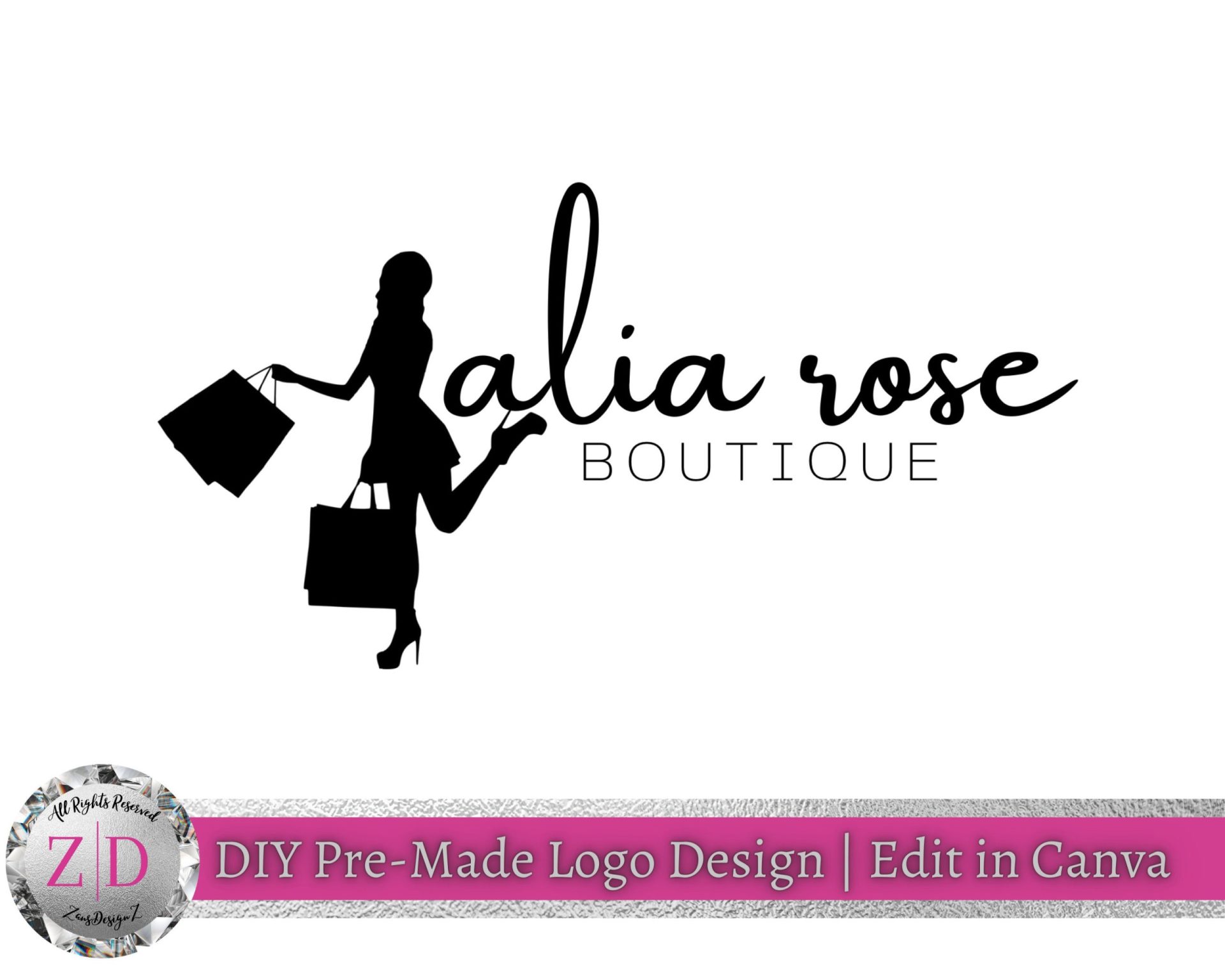
After finalizing your boutique logo, it’s time to implement it across all your marketing channels. Ensure that your logo is prominently displayed on your website, social media profiles, business cards, and any other marketing materials. Consistency is key in establishing brand recognition. By consistently showcasing your logo, you reinforce your brand’s identity and make it easier for customers to recognize and remember your boutique.
Conclusion
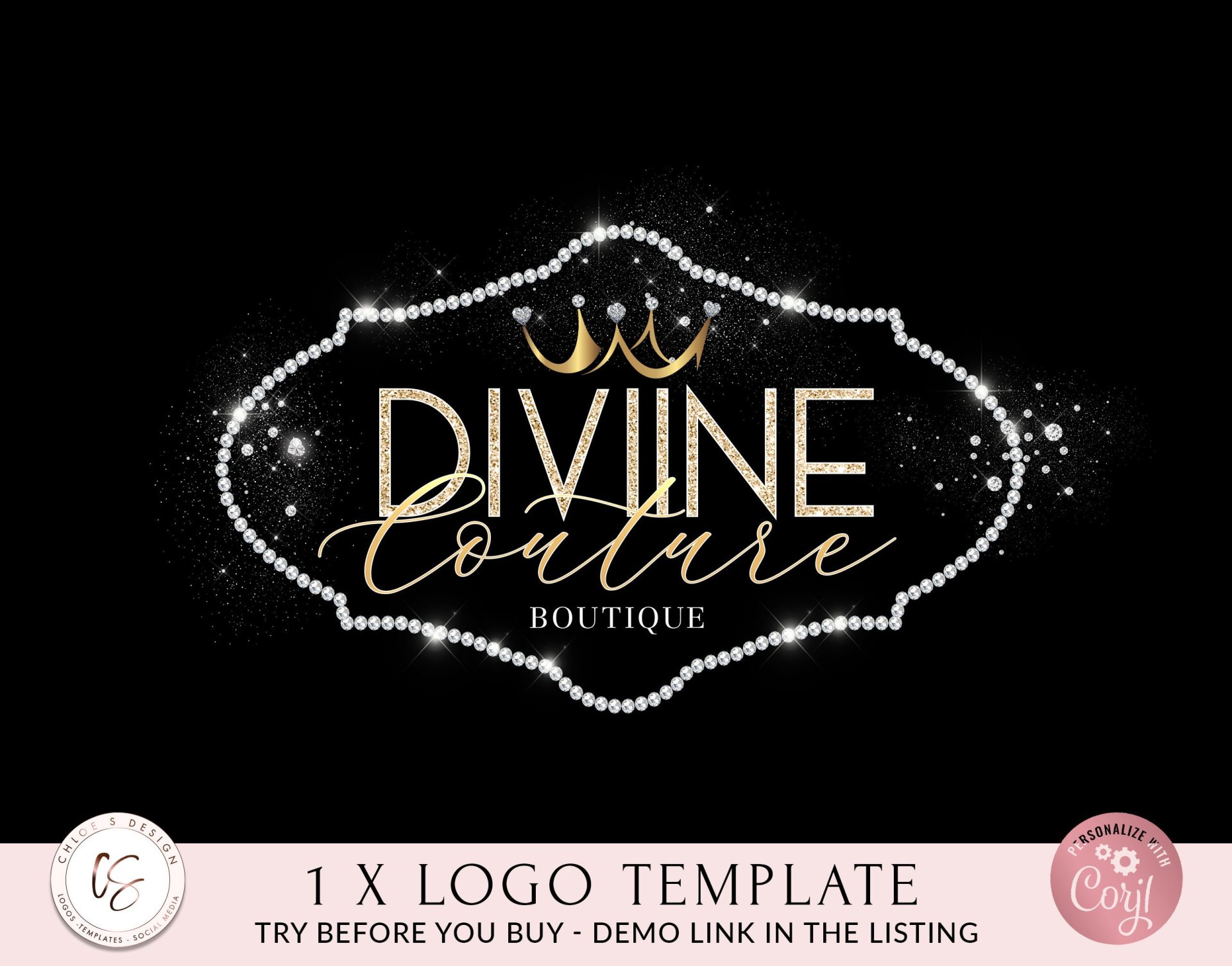
A well-designed boutique logo is an essential component of your brand identity. It communicates your boutique’s style, values, and personality to your target audience. By conducting thorough research, sketching ideas, choosing the right typography and colors, and incorporating iconography, you can create a logo that captivates and engages your audience. Remember to keep it simple, versatile, and aligned with your overall brand image. With a memorable logo, your boutique will stand out in the competitive fashion industry and leave a lasting impression on your customers.
Marietta Arnold is a branding and design enthusiast who draws inspiration from hobbies like hiking, photography, and art exploration. With a background in graphic design, she shares insights on branding strategies and logo design trends. Stay updated with Marietta’s work for the latest in branding and design.
